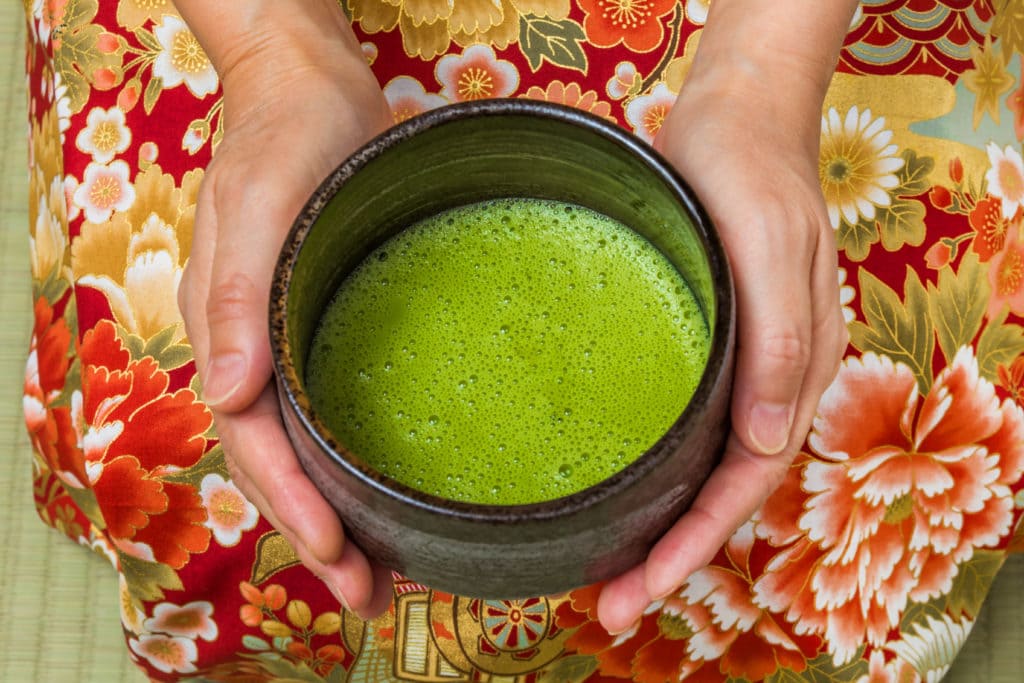

In the previous blogs, I discussed the Ying-Yang Five Elements theory, which is inseparable from the tea ceremony. I would like to talk about CHAJI (茶事) or formal tea gathering as it is inseparable from the Japanese Tea ceremony.
To explain it simply, CHAJI (茶事) means inviting guests who will be served KAISEKI (懐石) meals, and then serving KOICHA (濃茶) or thick tea and USUCHA (薄茶) thin tea.
In the CHAJI (茶事) or formal tea gathering, the spirit of Wa-Kei-Sei-Jaku (和敬清寂) meaning harmony-respect-purity-tranquility, the foundation of the tea ceremony, is present everywhere, and the TEISHU (亭主) or owner and the guest are considerate of each other. They create a bond and a peaceful atmosphere with the feeling of the joy of smooth communication. That moment will be a special one, ICHIGO-ICHIE (一期一会) or “once in a lifetime opportunity”.
Furthermore, by harmonizing and unifying the garden ROJI (露地), tea room CHASEKI (茶席), the waiting place MACHIAI (待合), YORITSUKI (寄付) and many other elements along with various tools used there are harmonized and unified to create a wonderful place.
The procedures, for example, 薄茶点前, 濃茶点前 so on, which are practised daily, are part of the “茶事/CHAJI/formal tea gathering”. So, if you do not study the CHAJI (茶事) or formal tea gathering, you can not understand each point and the tea ceremony itself. It is not an exaggeration to say that you cannot know. By knowing the CHAJI (茶事) or formal tea gathering, you can learn the applications, such as tools and tea ceremonies and use them in various ways in your daily life.
Depending on the season and time, various types of CHAJI (茶事) or formal tea gatherings exist. These are called CHAJI-SHICHISHIKI (茶事七式) or the 7 types of CHAJI.
CHAJI-SHICHISHIKI (茶事七式) or the 7 types of CHAJI:
- ‘AKATSUKI (breaking dawn) no CHAJI’, which is held in the breaking dawn of a cold day,
- ‘ASA (morning) no CHAJI’, which is held mainly in the early morning of summer,
- ‛SHOGO (around noon) no CHAJI’ is the most basic CHAJI held around noon all year round and is still widely held today.
- ‘HANGO (after meal) no CHAJI’, which is held after a meal in the Morning or Afternoon,
- ‛YOBANASHI’, which is held mainly After Winter Sunset,
- ‘ATOMI no CHAJI’ is held as desired by the customers who could not attend and enjoy the tools of the ceremony and
- ‘RINJI (temporary) no CHAJI’’, which welcomes sudden guests.

Contact us : info@mai-ko.com



